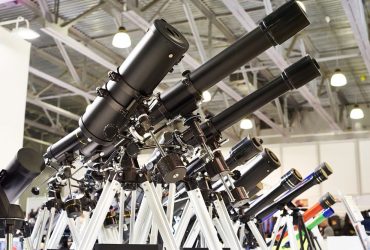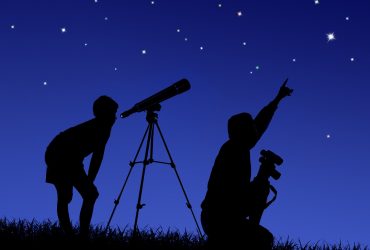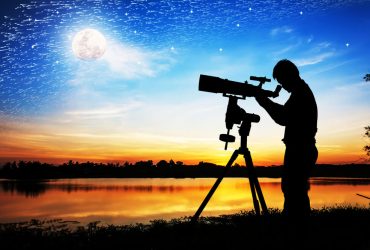What You Should Know About Humidity And Its Effects On Stargazing
We’ve all, at times, found ourselves fascinated by the immensity of the night sky, with its billions of stars shining from far away, like a silent invitation from the infinite space to explore it and discover its secrets. It’s only natural that each one of us felt, in those moments, at least a little bit curious towards the mystery of the stars and other celestial objects.
Fortunately, some of us responded to the Universe’s call and started studying the constellations and planets with their positions and observing them during the night whenever we can. Some of us perhaps even considered buying a telescope and taking the next step on our stargazing adventure.
If you are fond of stargazing, you may want to know when the best time to watch the sky is and how external conditions can affect your viewing sessions. There are many factors that can considerably impact, for better or worse, the way you see the stars and planets.
In this article, we will explore the impact of humidity on stargazing, so that you know how does humidity affect stargazing, i.e. what to expect both when there’s high humidity and low humidity in the air.
High Humidity Conditions
When the humidity of the air is relatively high, water vapors condense, forming dew onto a particular surface at a certain temperature level. To this end, when stargazing we’re always looking for clear night skies – this typically happens when the temperature is low, especially during cold winter nights.
According to scientific sources, high humidity can also cause damage to the optical surface of your telescope. To prevent this, it’s better to simply refrain from observing the sky under conditions that might result in moisture condensation on the telescope’s mirror lenses – this is a common practice among observatories as well.
But there are also cases when, due to the thermal lag of the telescope and its optics, dewing will not occur, or will occur only after the outside humidity has reached a level of 70%. You should then open the telescope again after the humidity level gets to 50% for at least 30 minutes.
Therefore, it’s recommended to make use of the specific hours before humidity reaches high values. To do this, it’s essential to be able to measure the proximity of the telescope and its optical surfaces to the dew point. This is why you should consider getting a humidity detector.
Another important item would be a dew shield, which will protect your telescope from dewing. A great device would be a dew heater – which can heat your optics above the dew point. Either of these two will help you successfully navigate past this humidity issue and enjoy much clearer viewings of the sky.
Having said this, high humidity is also a clear symptom of another issue: its presence indicates a thicker than usual atmosphere, which makes it more difficult for the light to pass through.
During high-humidity nights, the light has to pass not only through our atmosphere, but also through the higher-density water particles in the air. This will scatter light, preventing it from reaching the telescope in a focused way.
Low Humidity Conditions
As we’ve mentioned before, low-humidity is much more preferable when you are planning to do some stargazing. Depending on your altitude, your experience will change. While low humidity at ground level is better in order to avoid dew accumulation on the lenses, the same low humidity at higher altitudes ensures more transparency, and therefore, a better viewing session.
Taking this information into account, low-humidity and clear winter nights are the best combination even when you want to go stargazing without a telescope. But in this instance, the same principle applies, as any night will be just right for stargazing as soon as the clouds dissipate and the sky is clear.
Ultimately, it’s good to remember just what an important role humidity plays when observing the sky with a telescope. If you plan on admiring the stars and planets – pick the right time, choose a nice spot, preferably in a dark open space, and make it as high as you can.
Lastly, don’t forget to take into account the humidity level of the air and implement all the necessary measures suggested above, so that you can enjoy a truly remarkable stargazing experience.




Interesting article… Would you know if some telescope types are more prone to lense damage than others? For example I have a Matsukov Cassegrain which looks morevsealed than my ild ( n cheap) reflector